Why is my cabbage so leggy?
Leggy and tall seedlings are not healthy, but it doesn't have to be the end. You might still be able to save some of your plants. Or follow these steps to avoid the problem all together!
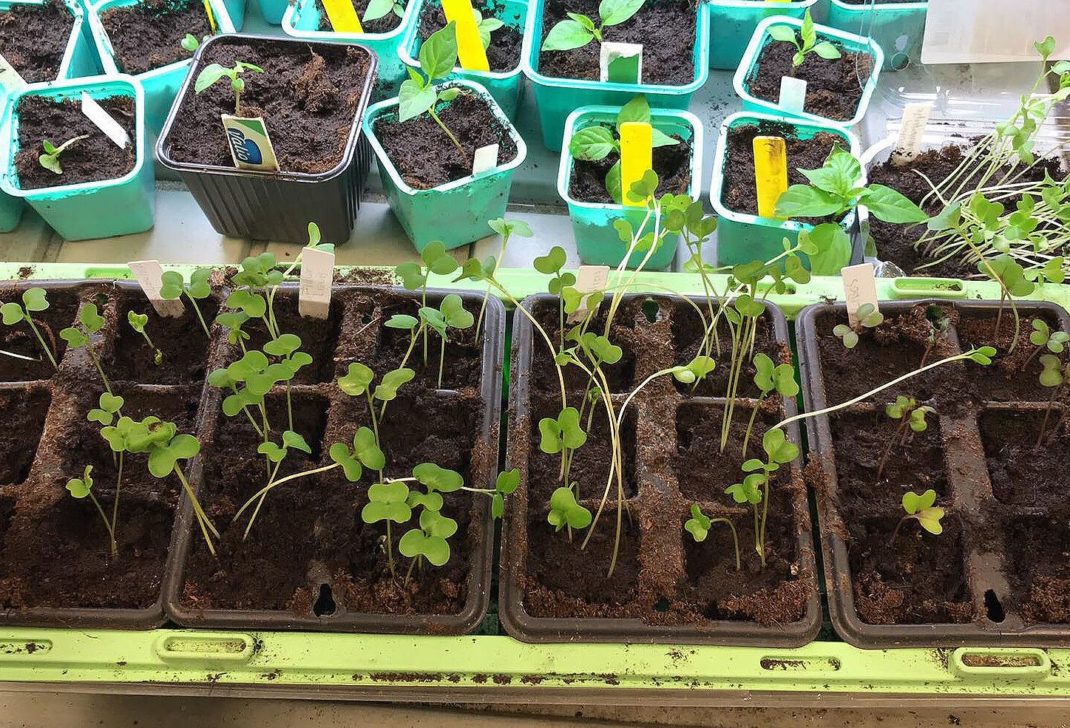
The long and leggy stalks tell me that something is wrong. Worst case scenario, the cabbage seedling might break.
If you try growing cabbage indoors for the first time, you will probably notice that your cabbage plants grow quite tall and leggy. A friend of mine let me borrow some pictures for this article and I'm sure that many of you can relate to what she experienced. This is actually what my first cabbage sowings looked like when I tried growing them indoors for the first time. But what happened then?
Why this is a problem
Seeing the sowing like this automatically makes you think that something is wrong. This sowing looks very different from those lovely chubby plants you usually see in social media. That's the way they are supposed to look, right?
The cabbage plants are in trouble when a long leggy and pale stalk grows underneath the first pair of leaves. This issue shows up quite quickly. When the plant starts to grow, the cotyledons come first. After that, the characteristic cabbage leaves start to grow. The more leaves grow, the heavier the top of the plant gets. It might even start to fold and it might not be strong enough to straighten out and carry the plant. Worst case scenario, the stalk breaks and then there's really not a lot you can do.
A healthy cabbage plant has nice and chubby leaves on a reasonably long stalk. The first leaves might be located only an inch or so above the roots. This is all good though. An unhealthy length would be around 4 inches.
What went wrong?
The cabbage plants grow leggy for two reasons: The first one is that the plants are in a space that's too dark and/or too warm. They might have been under a grow light, but probably too far away from it. This is most likely what happened to my friend's sowing. Some people think that they can save some work by putting their sowings somewhere warm (most seeds grow better when the soil is warmed up) and then put their plants on their bathroom floor without any extra light. If you leave the seeds like this, it only takes a day or so before the plants start to suffer. You might be able to do this with other plants that take a bit longer to grow, but cabbage usually grows quickly and you need to put the cabbage under a grow light as soon as possible.
The heat is an important factor too. If you put your sowing in a really warm and bright spot, this should mimic the perfect summer conditions right? After all, this is usually when things grow quickly. This might seem like the perfect solution, but you should know that it's hard to mimic those perfect conditions indoors. That's why I try to play it safe and put the sowing in a cooler space.
Read more about cabbage
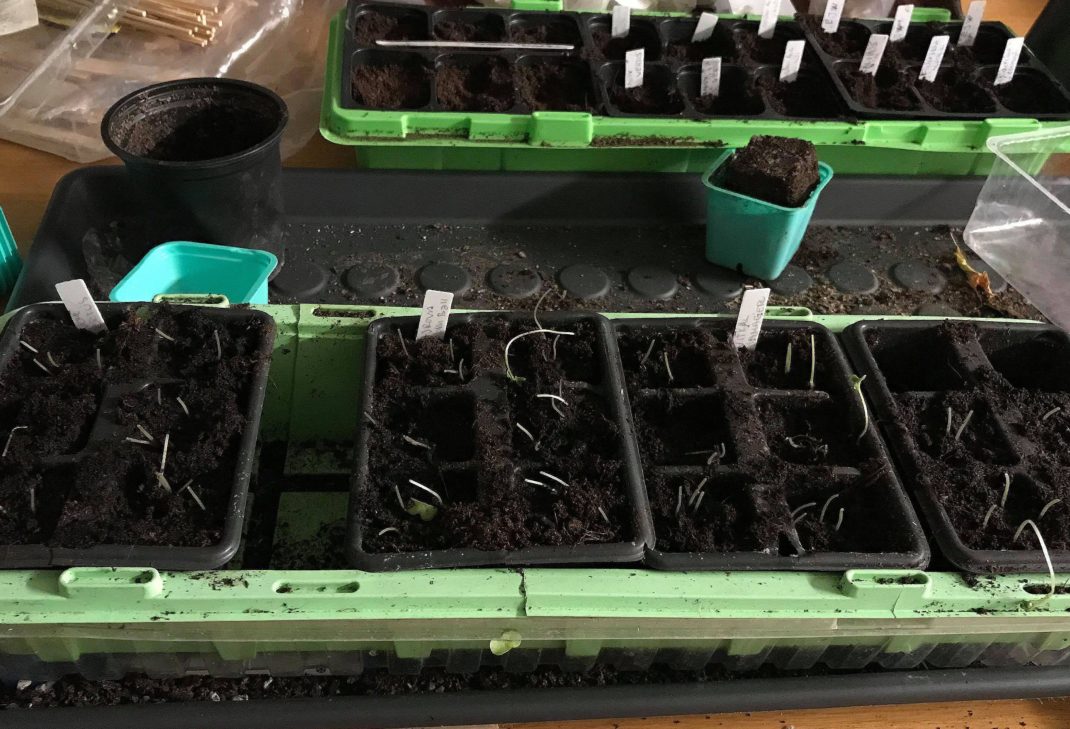
I can tell that something is wrong already at this point. The cabbage is sending out a long stalk to look for the light.
Checklist
- use a grow light for your cabbage sowings indoors, leave it on 12-24 hours every day
- put the sowings in a warm spot
- move the sowings to a cooler space when the cabbage has started to grow
- keep growing the cabbage under a grow light
Rescue leggy plants
It's not over yet! You might be able to save a few of your plants. Try to replant the strongest-looking plants first and leave the rest. Separate the plants and fill little pots with potting soil. Make holes in the soil with your finger, put the plants deep into the hole while you hold the cotyledons and put soil around the stalk. You can plant the cabbage quite deep without hurting the cotyledons. But the stalk might still not be able to deal with the pressure from the soil around it.
You could of course also sow new seed if the plants look too weak.
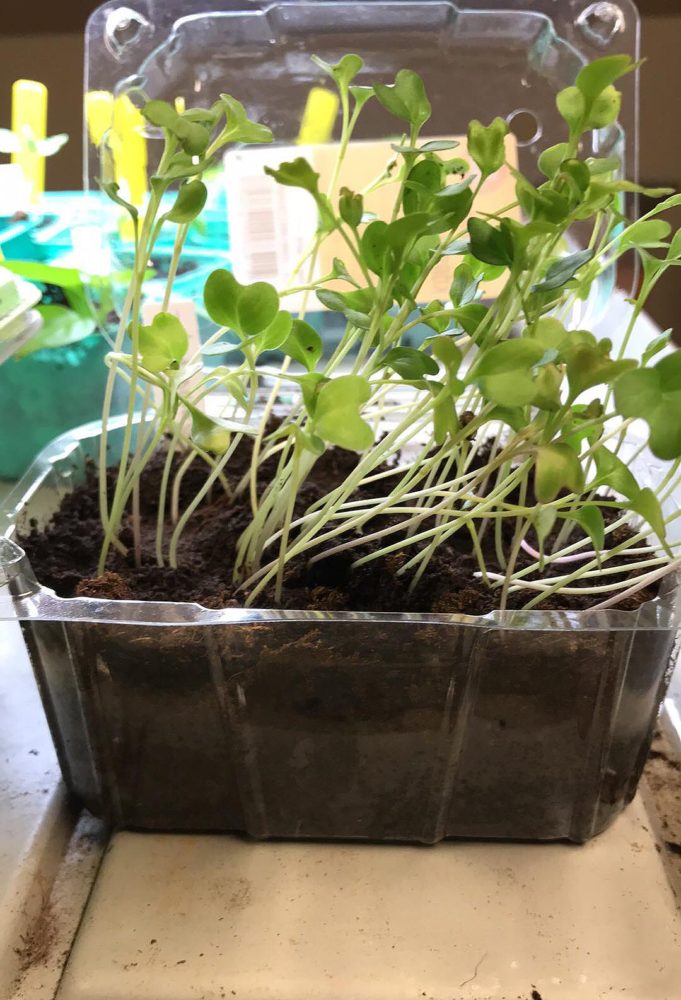
It's easy to sow a lot of seeds, but helping them grow into large and healthy plants early in the year might be more difficult. That's why you should try to sow fewer seeds early in the year.
Just remember that the year has only just begun. There is no point in growing hundreds of valuable little cabbage seeds so early, if there's nowhere to put them in March. Below, you can see what the plant will look like at this time. They grow quickly and will need a lot more space soon, probably indoors since it will be too cold to plant hem outside in March (at least here in zone 3.) What I would do instead is to save the prime spots indoors for your tomatoes and bell peppers and only grow a few cabbage plants.
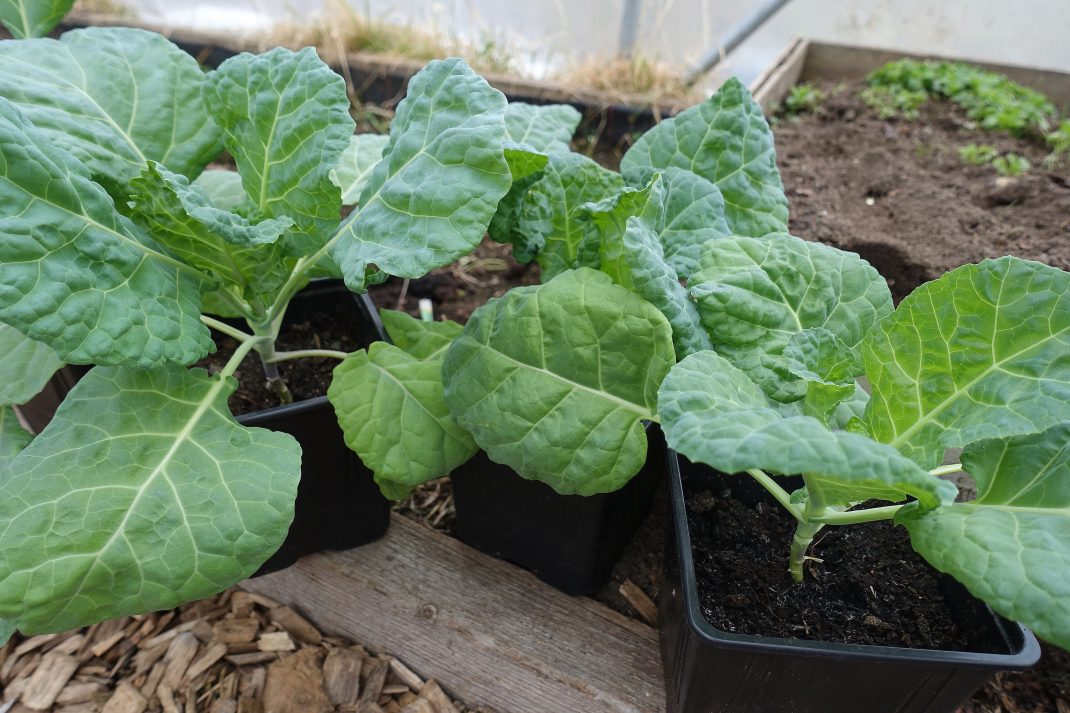
This is what my savoy cabbage Vorbote 3 looks like when I plant it outside in March.
Another important point is that it's almost impossible to eat so many cabbages so early in the year. They usually bolt in the end of May and it's so annoying to have more cabbages around than you can eat. We have six cabbage lovers in my family, but we still can't eat more than six or seven cabbage heads in May (when we usually harvest the bulk.)
Good luck with your cabbages! I'm so happy about my nine plants in the utility room right now. They are my babies!
/Sara Bäckmo
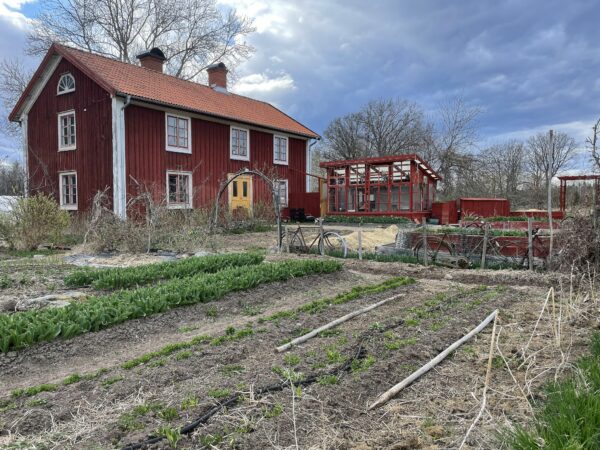
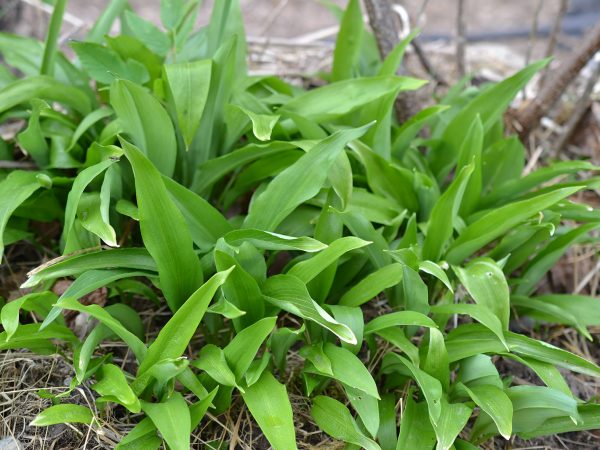
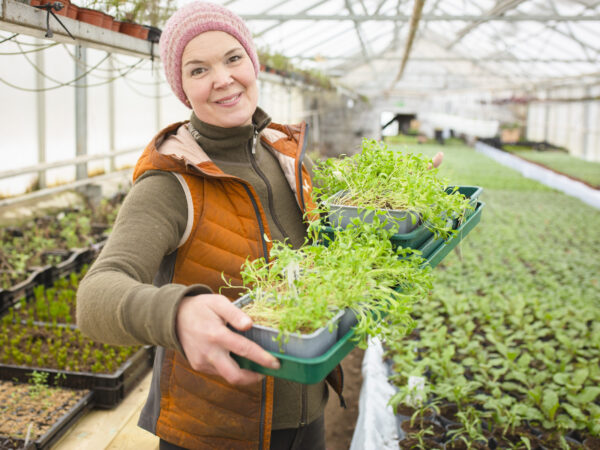
This article has been very helpful. I presently have my cabbages within a tent with white agricultural fabric over them. We live in the woods and I'm constantly fighting insects, but there seems to be plenty of light. The leaves are growing, but they are on the end of a very leggy stem of about 6". So I'm thinking the tent could be causing the problem with the light being too filtered, or it got too warm for them. How warm is too warm? Do you think it's time to rip them out and plant new ones?